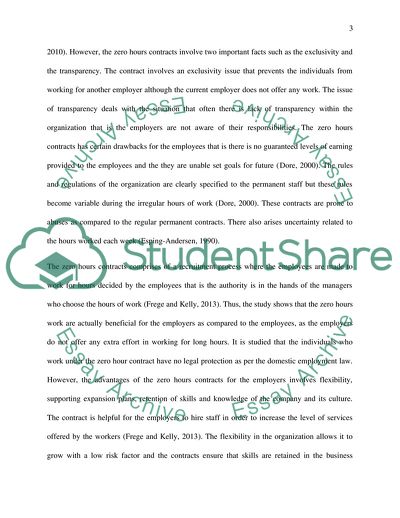Cite this document
(Critically assess the proposition that flexibility is equally Essay - 2, n.d.)
Critically assess the proposition that flexibility is equally Essay - 2. https://studentshare.org/human-resources/1878117-critically-assess-the-proposition-that-flexibility-is-equally-advantageous-for-employers-and-workers-based-on-the-theories-presented-so-far-in-this-module
Critically assess the proposition that flexibility is equally Essay - 2. https://studentshare.org/human-resources/1878117-critically-assess-the-proposition-that-flexibility-is-equally-advantageous-for-employers-and-workers-based-on-the-theories-presented-so-far-in-this-module
(Critically Assess the Proposition That Flexibility Is Equally Essay - 2)
Critically Assess the Proposition That Flexibility Is Equally Essay - 2. https://studentshare.org/human-resources/1878117-critically-assess-the-proposition-that-flexibility-is-equally-advantageous-for-employers-and-workers-based-on-the-theories-presented-so-far-in-this-module.
Critically Assess the Proposition That Flexibility Is Equally Essay - 2. https://studentshare.org/human-resources/1878117-critically-assess-the-proposition-that-flexibility-is-equally-advantageous-for-employers-and-workers-based-on-the-theories-presented-so-far-in-this-module.
“Critically Assess the Proposition That Flexibility Is Equally Essay - 2”. https://studentshare.org/human-resources/1878117-critically-assess-the-proposition-that-flexibility-is-equally-advantageous-for-employers-and-workers-based-on-the-theories-presented-so-far-in-this-module.


